Mindfulness is one of five School of Early Learning values.
Mindfulness means maintaining a “moment-by-moment awareness of our thoughts, feelings, bodily sensations, and surrounding environment, through a gentle, nurturing lens. Mindfulness also involves acceptance, meaning that we pay attention to our thoughts and feelings without judging them—without believing, for instance, that there’s a “right” or “wrong” way to think or feel in a given moment. When we practice Mindfulness, our thoughts tune into what we’re sensing in the present moment rather than rehashing the past or imagining the future”[1]
According to the researcher Brene Brown, Mindfulness is one of the five skills and attitudes to build empathy.
Kristin Neff [2]also mentions the first component of compassion for self and others is “Mindfulness” because it requires us to notice the suffering of self and others without avoidance or aversion, to being with it “as it is”.
Mindfulness is one of the values of the Schools of Early Learning. As a value, it shapes our practices and pedagogy as we make an effort to try to be present in everything we do. To notice the now and support ourselves and the children to be.
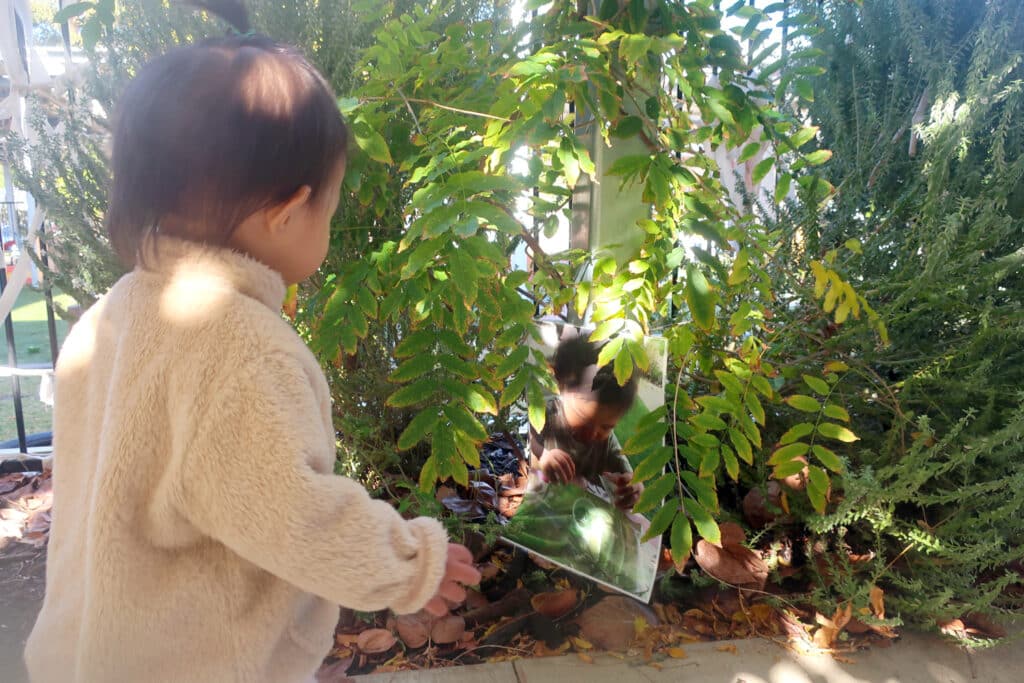

Mindfulness shapes and guides our research work with children and educators through our anti-bias lens by:
Noticing [3]
“Noticing the ways in which children relate to each other, individually and in groups
Noticing the ways in which children relate to the physical environment, individually and in groups
Noticing the ways in which children relate to educators, individually and in groups
Noticing the ways in which children relate to families, individually and in groups.”
The anti-bias lens invites us to become mindful educators and, in return, helps us notice moments in which children might be excluded based on their identities. We know that children learn best when they feel good about themselves, who they are (with their differences and similarities) and the families they come from. For children to be successful learners and break new ground, we (educators) need to “Tackle any bias that may get in the way and disadvantage them”.
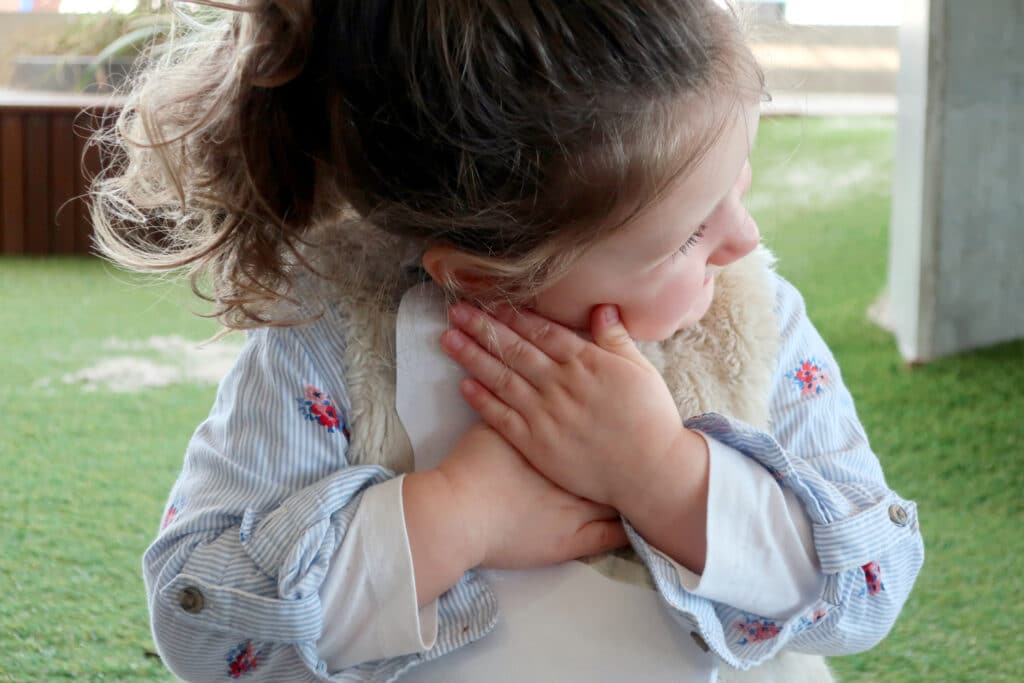

Being mindful that all children want security and are wired for connection and that this grounding principle can guide us when meeting our children’s needs
Guiding our children to build their confidence and positive social identities for themselves and others when planning experiences and opportunities in their learning programmes that build strong relationships between educators and children.
Supporting our children’s self-awareness when drawing attention and offering intentional learning opportunities that strengthen children’s emotional literacy: becoming in tune with how their bodies feel, naming emotions, using the language to describe them and co-regulating their feelings with the support of their educators and the environment.
- Supporting children to mindfully become attuned with feelings of hurt caused by unfair actions to themselves and others.
- Observing, delighting and gaining joy from the diversity in our classrooms, from the diversity in children and families to those of our educators.
- Engaging all senses when noticing nature: delighting in the sound, smell, taste, sound and texture of the world around us so we can learn to appreciate and care for our land and Country.
- Acknowledging that this Country was and will always be Aboriginal land and mindfully recognising that we are on Country “all the time, inside or outside” and that “This fundamental practice can guide us when grounding Indigenous perspectives in every part of our Learning programmes and practices”.
- Planning and offering spaces in classrooms, Studios and gardens that represent the diversity of our Nation.
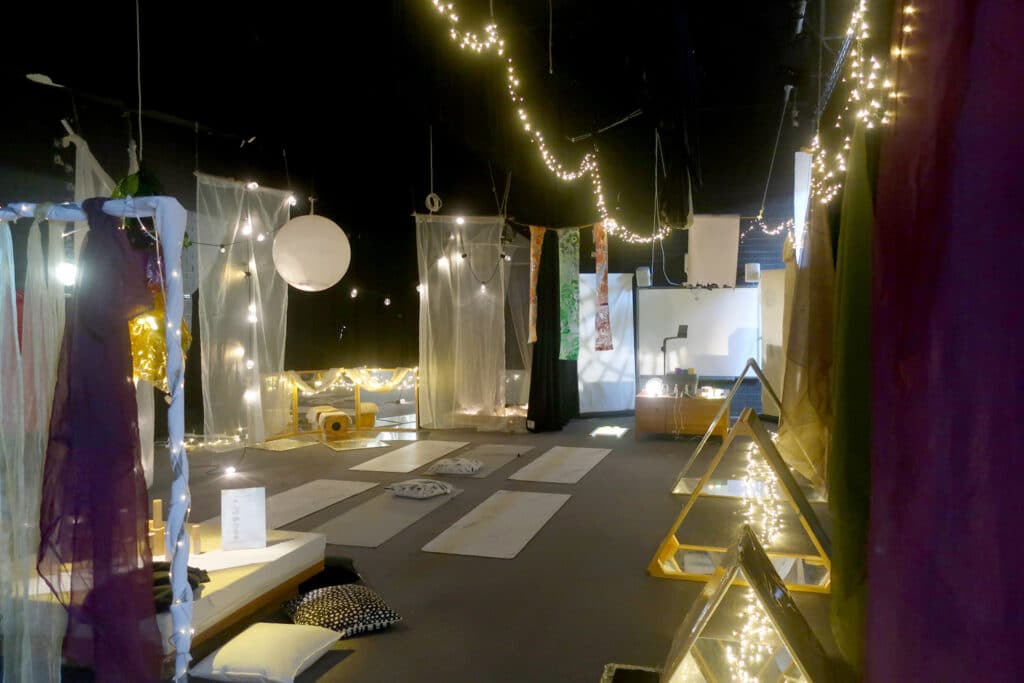

Developing Mindfulness is a routine, so it requires an intention to be mindful and practice.
There are many ways to begin to develop a mindful approach to life:
- Start by noticing your breathing, as well as detecting the numerous thoughts and/or feeling that swirl around while noticing your breathing.
- Pause for two minutes a few times a day, often while doing something you always do, for example, brushing your teeth, putting the kettle on, or going to the bathroom. During this time, pause for two minutes, be still and notice your breath and yourself.
- Come into the present moment. Take five minutes to notice the objects around you, the sounds, the smells, the touch of your clothes, and tastes. Just become aware of them.
- Find a short Mindful exercise on Google or YouTube to follow for a few minutes.
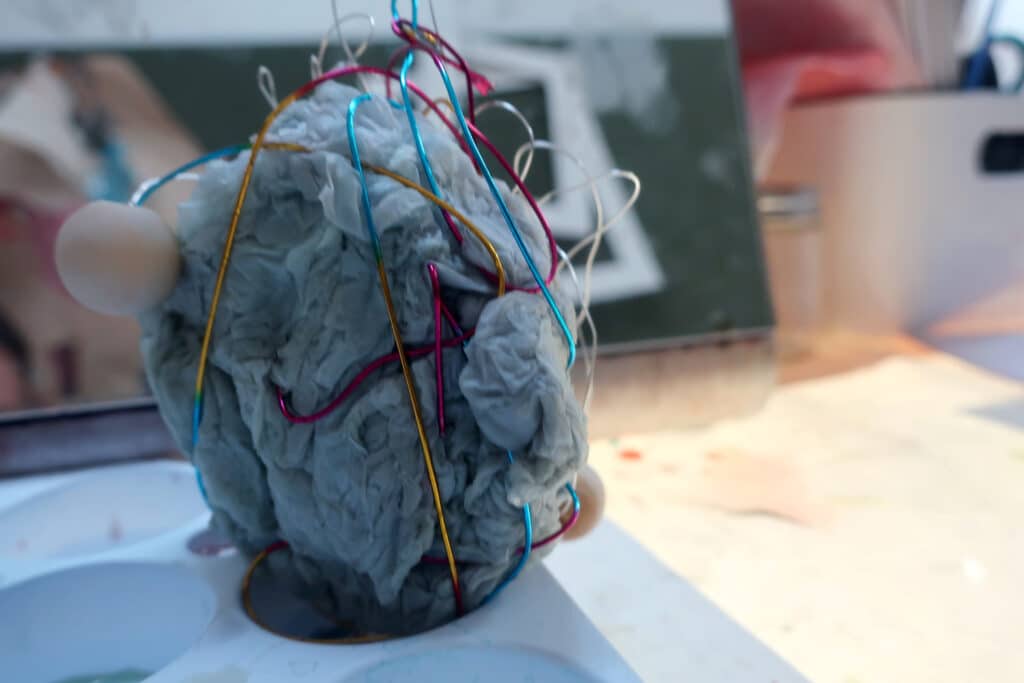

There are also books, websites, courses or groups to join to learn more about being mindful of bringing the practice into your everyday life:
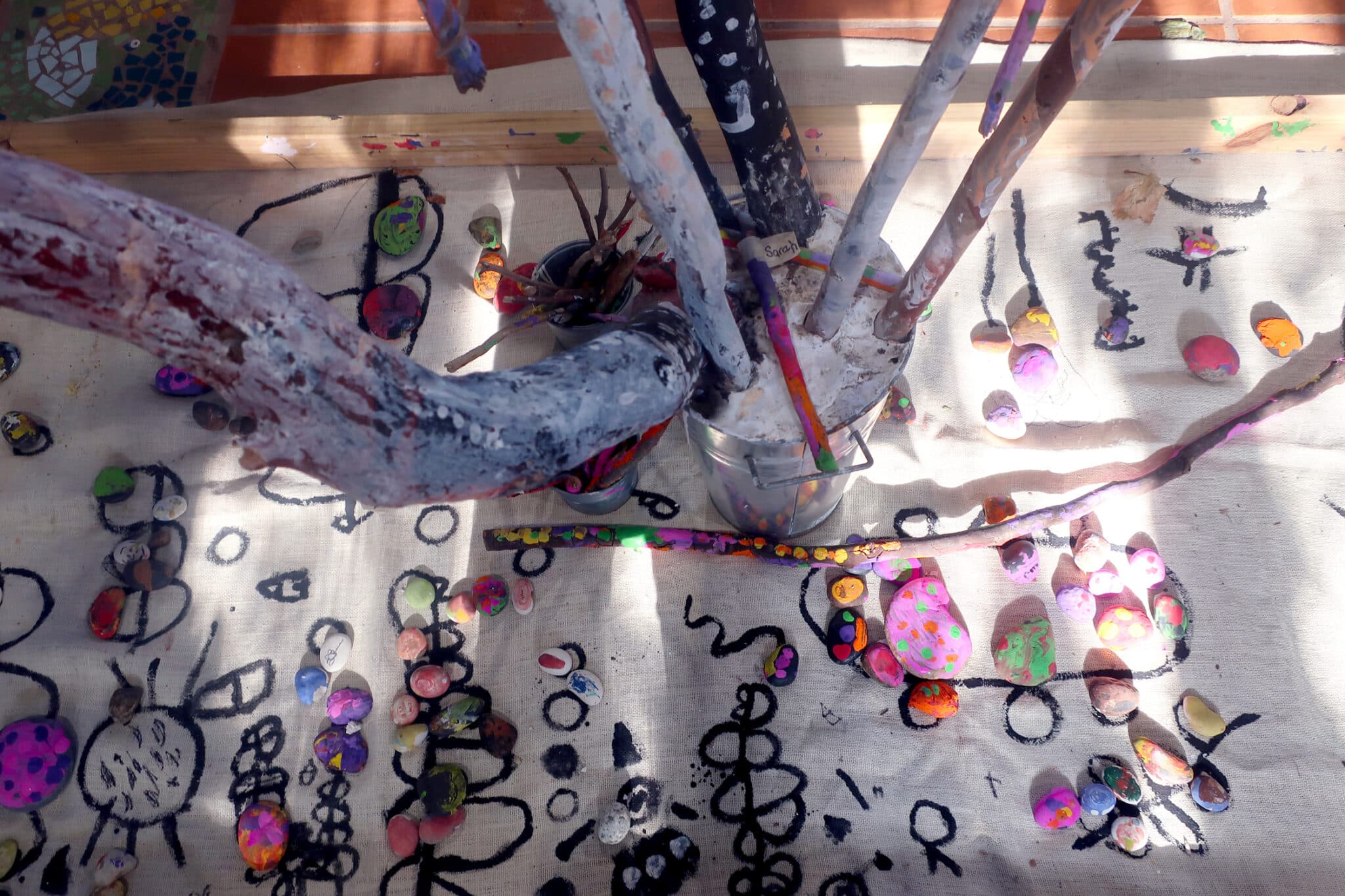

References
[1] https://greatergood.berkeley.edu/topic/mindfulness/definition
[2] https://www.youtube.com/watch?v=qqQHhF4CaKQ- Kristin Neff, PhD.
[3] The anti-bias approach in Early childhood. 4th edition. Edited by Red Ruby Scarlet. Anti-bias approaches in curriculum. Page 3.
Related Blog Posts
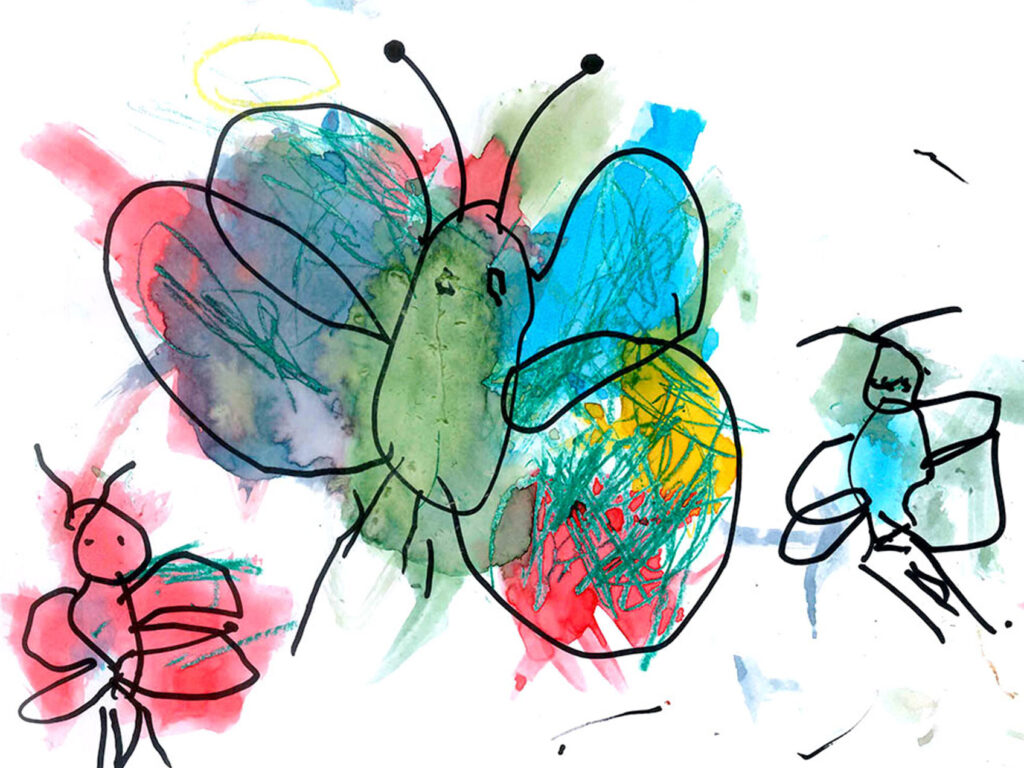

The Anti Bias Approach for 2022
The Pedagogy and Training team discusses the approach to research SOEL will take in 2022 where we will be exploring social justice.
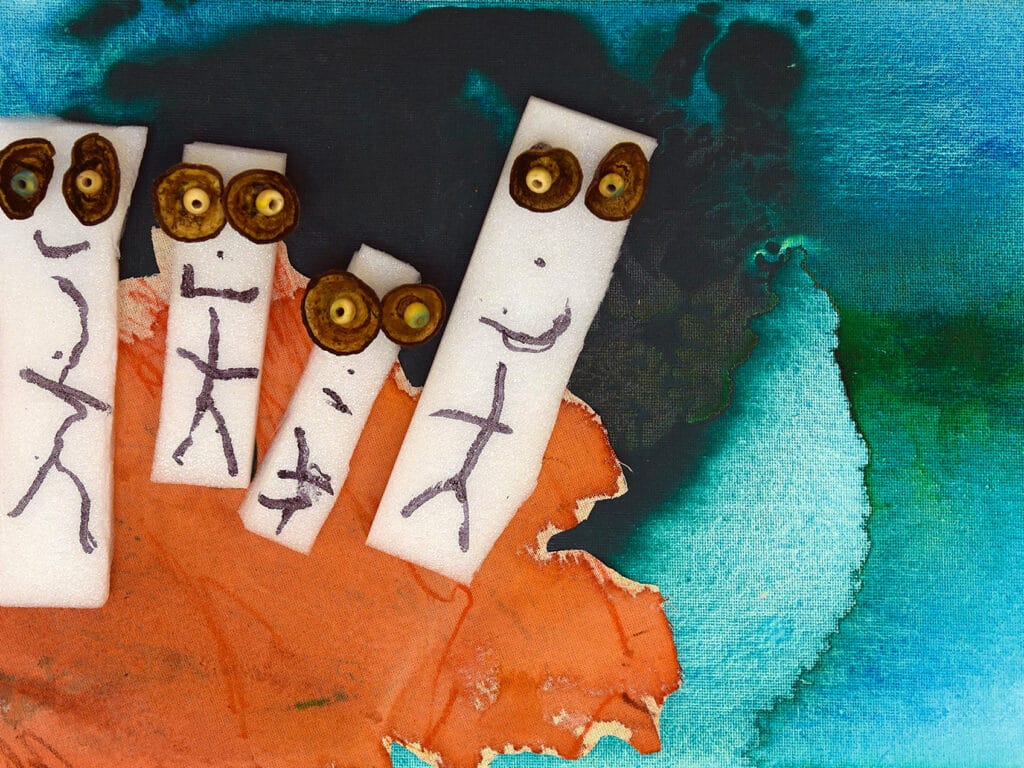

Approaching Anti Bias using BIG Ideas
Discover simple natural dye recipes and flour glue recipes you can create with your child, and bring a little of our SOEL studio home.
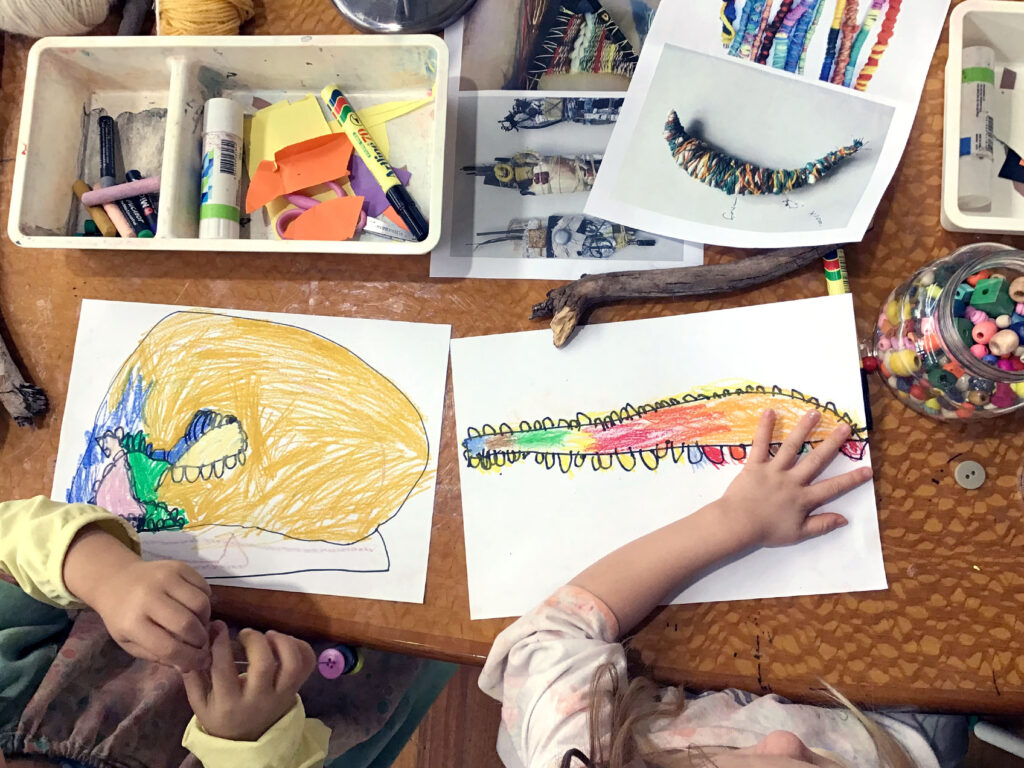

SOEL Values Series: Curiosity
At SOEL, we want our educators, children and families to be curious and explore different perspectives, experiences and realities.
